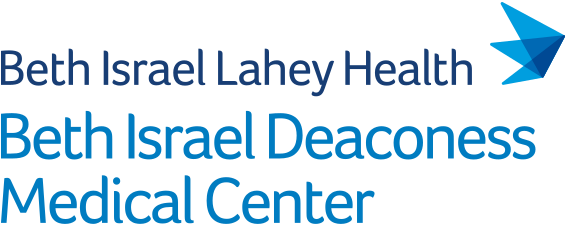Background: Narcolepsy type 1 is caused by severe loss or lack of brain orexin neuropeptides.
Methods: We conducted a phase 2, randomized, placebo-controlled trial of TAK-994, an oral orexin receptor 2-selective agonist, in patients with narcolepsy type 1. Patients with confirmed narcolepsy type 1 according to clinical criteria were randomly assigned to receive twice-daily oral TAK-994 (30 mg, 90 mg, or 180 mg) or placebo. The primary end point was the mean change from baseline to week 8 in average sleep latency (the time it takes to fall asleep) on the Maintenance of Wakefulness Test (range, 0 to 40 minutes; normal ability to stay awake, ≥20 minutes). Secondary end points included the change in the Epworth Sleepiness Scale (ESS) score (range, 0 to 24, with higher scores indicating greater daytime sleepiness; normal, <10) and the weekly cataplexy rate.
Results: Of the 73 patients, 17 received TAK-994 at a dose of 30 mg twice daily, 20 received 90 mg twice daily, 19 received 180 mg twice daily, and 17 received placebo. The phase 2 trial and an extension trial were terminated early owing to hepatic adverse events. Primary end-point data were available for 41 patients (56%); the main reason for missing data was early trial termination. Least-squares mean changes to week 8 in average sleep latency on the MWT were 23.9 minutes in the 30-mg group, 27.4 minutes in the 90-mg group, 32.6 minutes in the 180-mg group, and -2.5 minutes in the placebo group (difference vs. placebo, 26.4 minutes in the 30-mg group, 29.9 minutes in the 90-mg group, and 35.0 minutes the 180-mg group; P<0.001 for all comparisons). Least-squares mean changes to week 8 in the ESS score were -12.2 in the 30-mg group, -13.5 in the 90-mg group, -15.1 in the 180-mg group, and -2.1 in the placebo group (difference vs. placebo, -10.1 in the 30-mg group, -11.4 in the 90-mg group, and -13.0 in the 180-mg group). Weekly incidences of cataplexy at week 8 were 0.27 in the 30-mg group, 1.14 in the 90-mg group, 0.88 in the 180-mg group, and 5.83 in the placebo group (rate ratio vs. placebo, 0.05 in the 30-mg group, 0.20 in the 90-mg group, and 0.15 in the 180-mg group). A total of 44 of 56 patients (79%) receiving TAK-994 had adverse events, most commonly urinary urgency or frequency. Clinically important elevations in liver-enzyme levels occurred in 5 patients, and drug-induced liver injury meeting Hy's law criteria occurred in 3 patients.
Conclusions: In a phase 2 trial involving patients with narcolepsy type 1, an orexin receptor 2 agonist resulted in greater improvements on measures of sleepiness and cataplexy than placebo over a period of 8 weeks but was associated with hepatotoxic effects. (Funded by Takeda Development Center Americas; TAK-994-1501 and TAK-994-1504 ClinicalTrials.gov numbers, NCT04096560 and NCT04820842.).
